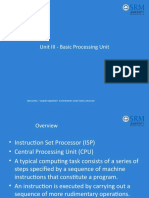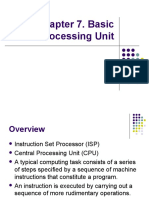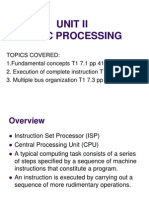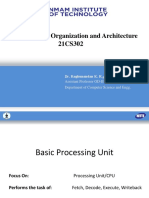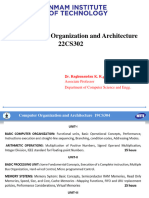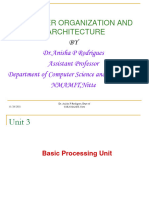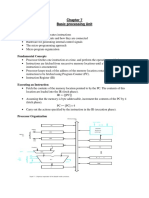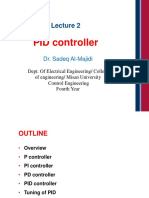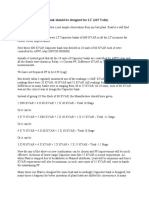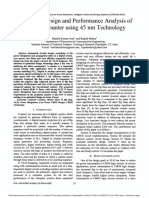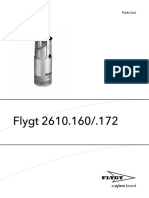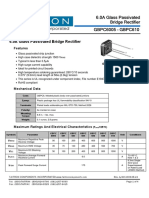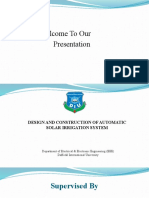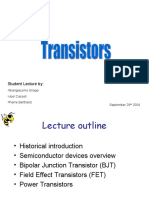0% found this document useful (0 votes)
151 views58 pagesChapter 7 Basic Processing Unit
The document discusses the basic processing unit of a computer system. It describes how:
1. The processor fetches instructions one by one from memory and executes them by performing basic operations. It uses a program counter to keep track of the next instruction address.
2. Executing an instruction involves fetching it from memory into an instruction register, incrementing the program counter, and carrying out the specified actions.
3. The processor contains components like an ALU, registers, and control circuits to execute instructions by performing operations like register transfers, arithmetic/logic functions, and moving data to/from memory.
Uploaded by
Roopa B SCopyright
© © All Rights Reserved
We take content rights seriously. If you suspect this is your content, claim it here.
Available Formats
Download as PDF, TXT or read online on Scribd
0% found this document useful (0 votes)
151 views58 pagesChapter 7 Basic Processing Unit
The document discusses the basic processing unit of a computer system. It describes how:
1. The processor fetches instructions one by one from memory and executes them by performing basic operations. It uses a program counter to keep track of the next instruction address.
2. Executing an instruction involves fetching it from memory into an instruction register, incrementing the program counter, and carrying out the specified actions.
3. The processor contains components like an ALU, registers, and control circuits to execute instructions by performing operations like register transfers, arithmetic/logic functions, and moving data to/from memory.
Uploaded by
Roopa B SCopyright
© © All Rights Reserved
We take content rights seriously. If you suspect this is your content, claim it here.
Available Formats
Download as PDF, TXT or read online on Scribd
/ 58


















